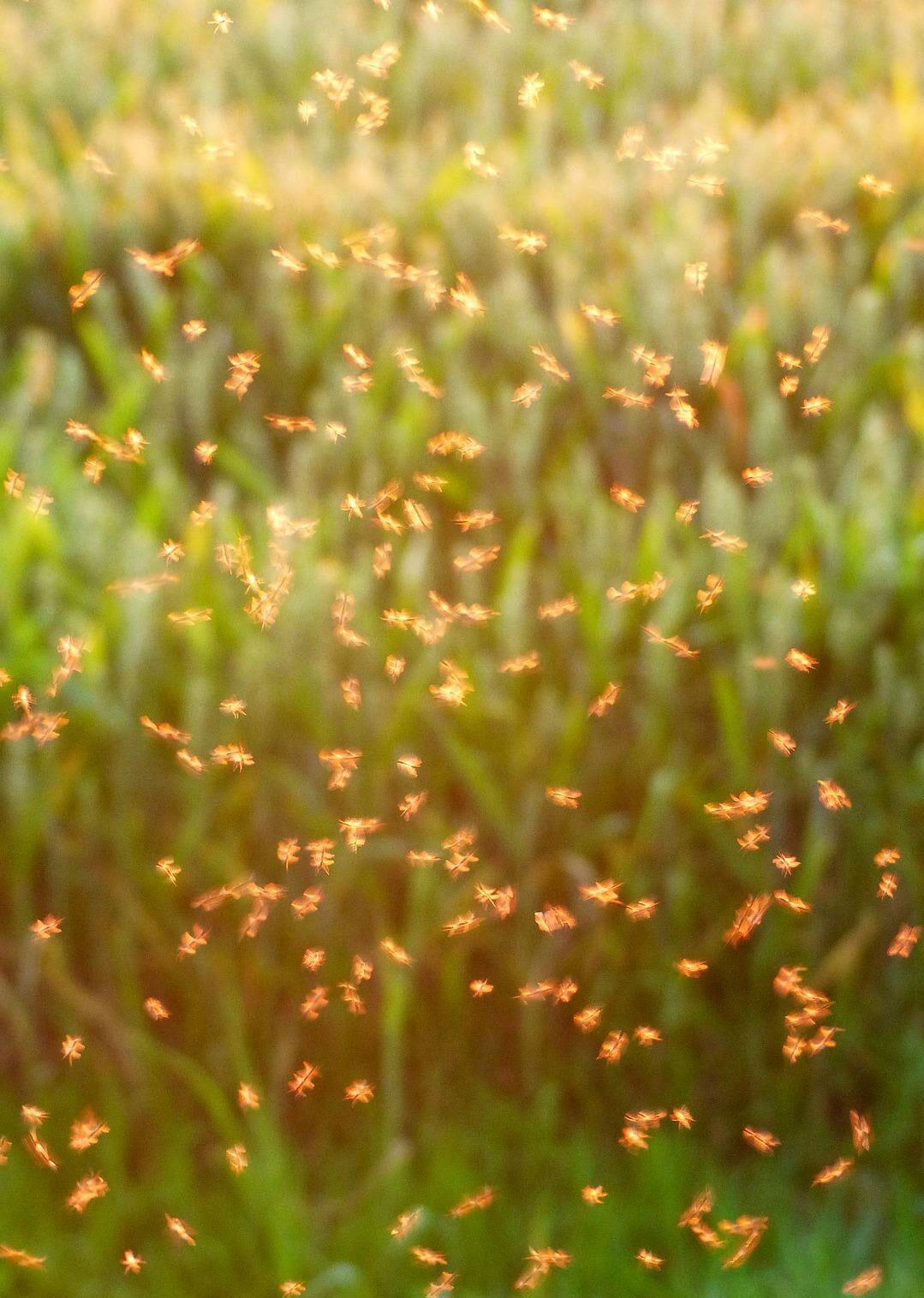When we think about midge flies, it’s often in reference to “black swarms” in someone’s backyard that are in such high densities it limits recreational activities or, worse, cause economic damage by destroying light fixtures or property paint. This alone warrants immediate action. However, there’s more to the story than just the nuisance/human impact of aquatic midge’s flies. The often-overlooked reality is aquatic midge flies need to be considered as part of any lake restoration program.

Aquatic Midges Impact on Lakes
The influence of aquatic midges, particularly the phantom midge (chaoborus), has long been overlooked in lake remediation and management. In a lake ecosystem, the successful invasion by phantom midges accelerates and sustains the deterioration of lake water quality. Phantom midges are the only significant bioturbators in lake sediments with anoxic bottom waters, and their presence could control not only oxygen dynamics but also nutrient fluxes across the sediment-water interface. Unlike the permanently benthic blood midge (chironomid) larvae, phantom midge larval migrate diurnally (occurring twice in 24 hours) and, therefore, influence the sediment and water column chemistry on a twice-daily basis. Lakes with high densities of phantom midge larvae will have lower oxygen levels and higher ammonia and phosphorus release, which stimulates harmful algae blooms and lake eutrophication.
It has also been thought that midge flies are an essential food source for fish. This is not the case for phantom midge larvae. They have been shown to easily avoid sightseeing fish with their transparent bodies, fast mobility, and their ability to live in poor oxygen areas where fish can’t go. In fact, phantom midge larvae preferentially feed on zooplankton, which is the main food source for year one fish. Zooplankton also actively improve water clarity by eating suspended algae and will degrade a pond’s fishery. The decimation of zooplankton populations from phantom midge larvae can ultimately compromise a lake’s fishery and water clarity.
When Should Action be Taken?
Monthly monitoring of sediments from spring to fall is recommended. If more than 100 larvae per full 6 x 6 x 6-inch square bottom sampler are observed or if any phantom midges are observed a treatment should be done.
How to Control Aquatic Midge Flies
AQUABACxt is the most effective and immediate way to control aquatic midge flies, especially phantom midges. AQUABACxt is a US EPA-registered biological larvicide containing a naturally occurring species of bacteria called bacillus thuringiensis var. israelensis (Bti). Bti is considered an environmentally friendly alternative to chemical pesticides since it is highly specific to nuisance mosquitos, blackflies, aquatic midges, and other flies and has no toxicity to humans. Treating at 1 gallon per acre can provide over 90% control within a week. Fish stocking of sunfish in conjunction with oxygen management can help reduce midge flies (mainly blood midges); however, as mentioned before, phantom midges can easily avoid sightseeing fish.

